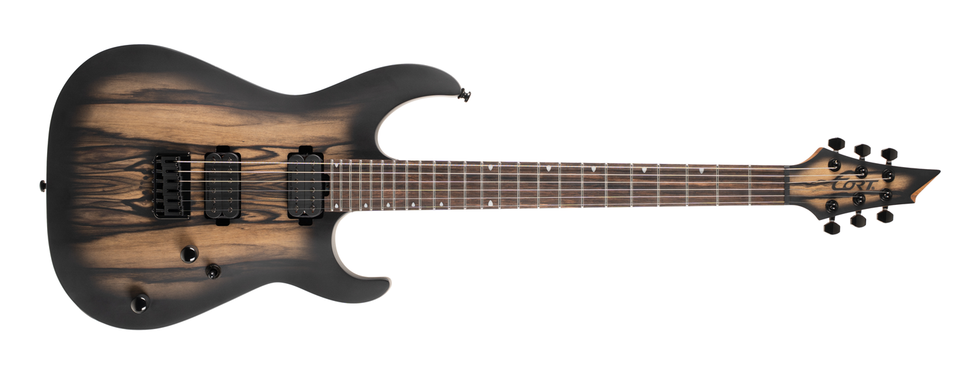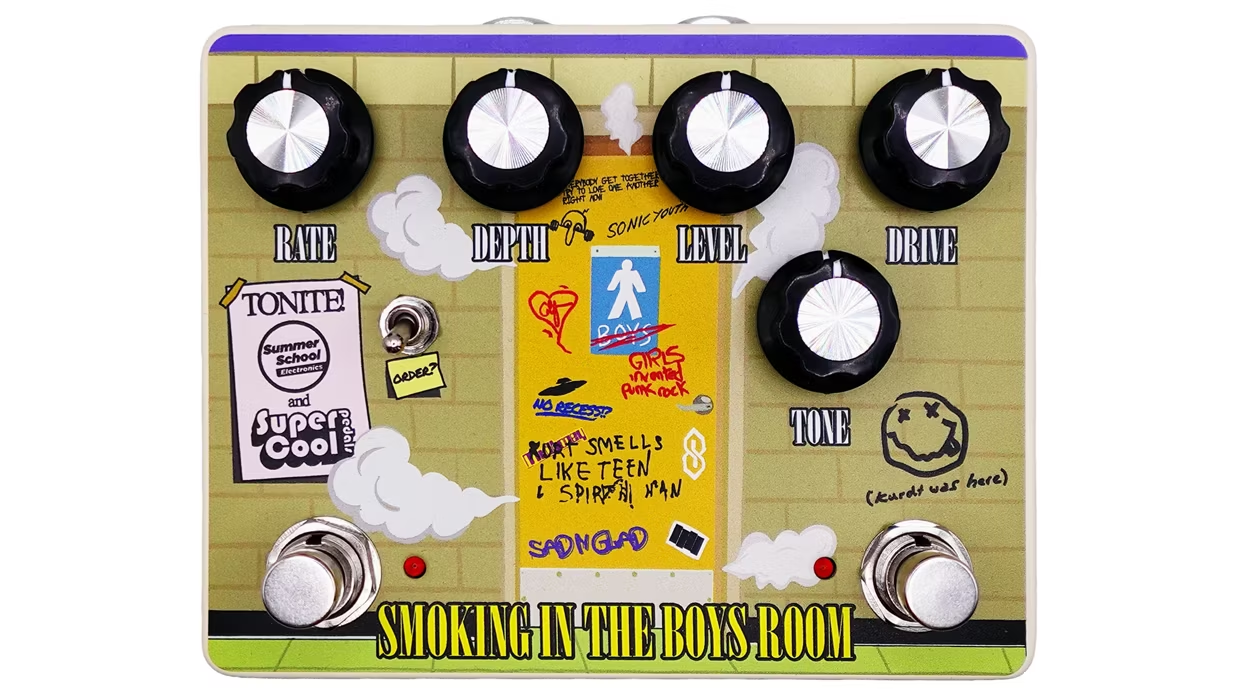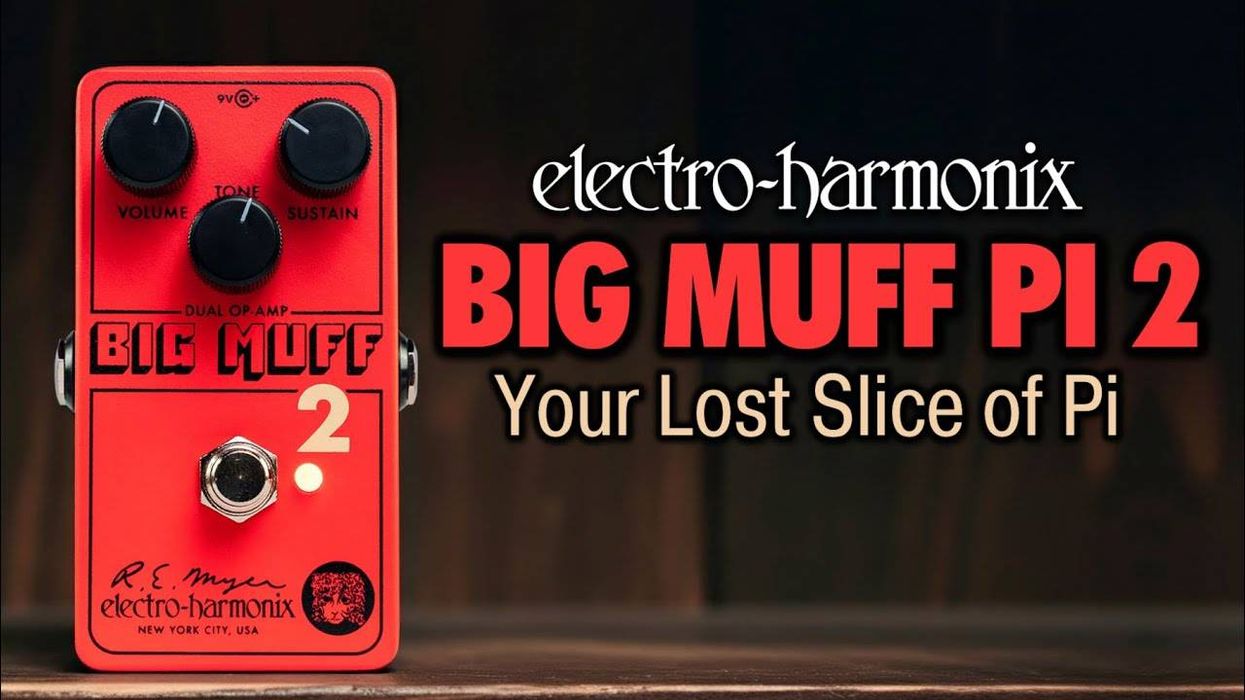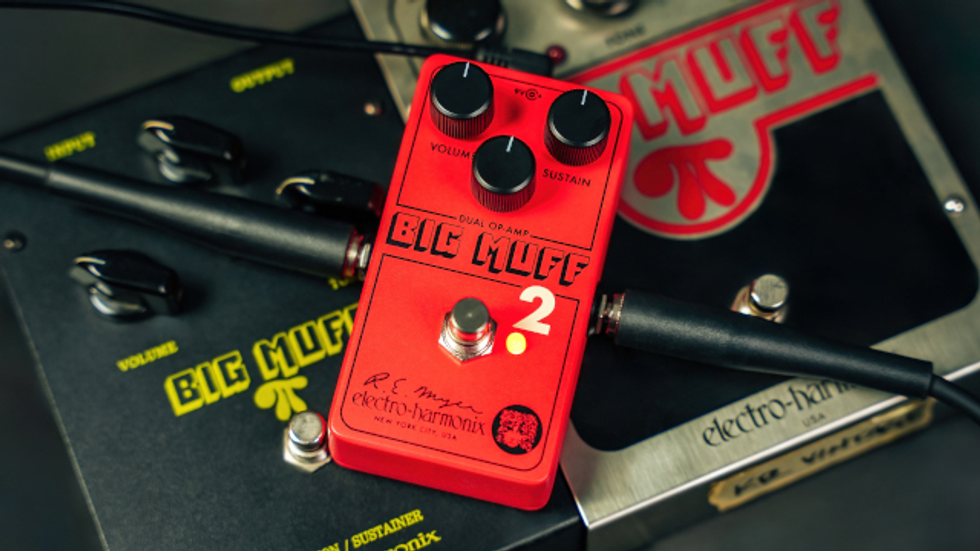Mattoverse Electronic unveils the FloraVolt, a "fruit/vegetable-powered" effects pedal.
Discover delicious potato-powered diminished chords as you contemplate your produce-powered future, or just spend the day ripping sick riffs thanks to that old banana you weren’t going to eat anyway. Use an apple to sweetly saturate your synths and drum machines, or languish in the luscious tones of your lime powered legato leads.
Meet the FloraVolt - A fruit/vegetable powered effects pedal from Mattoverse Electronics
Like your favorite seasonal fruit/vegetable, the FloraVolt is made in small batches and is available at mattoverse.com and soon through select dealers with a street price of $149. For more information, please visit mattoverse.com.


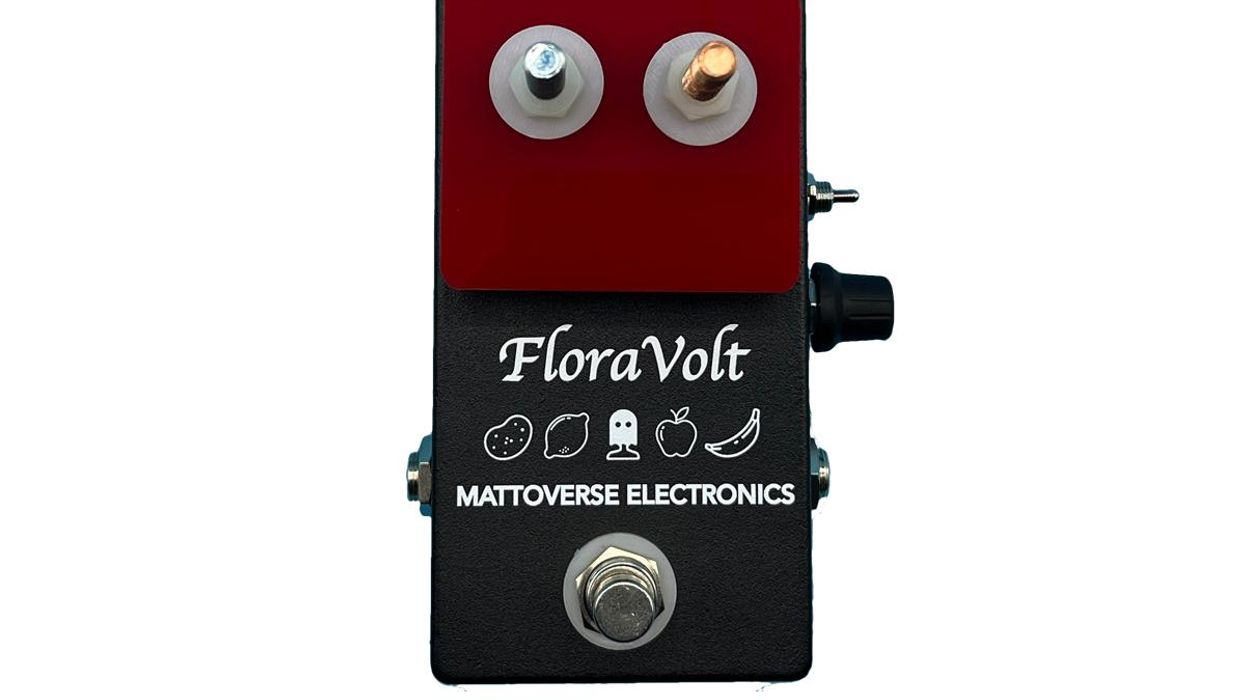

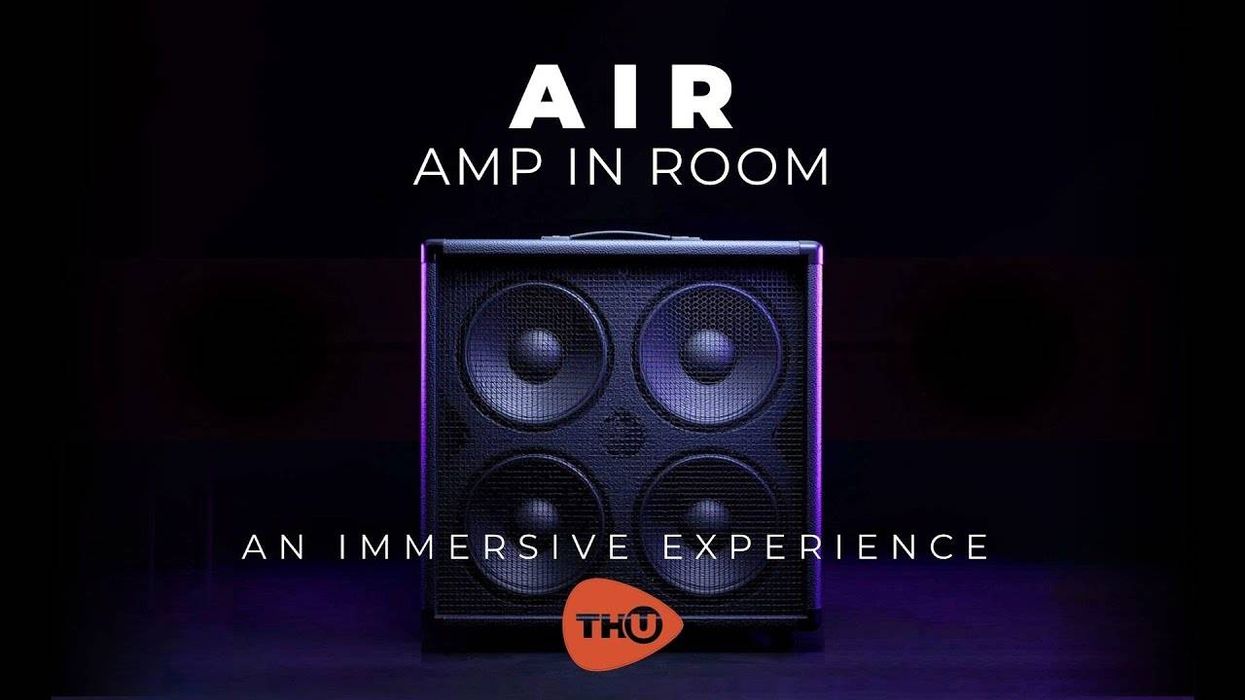


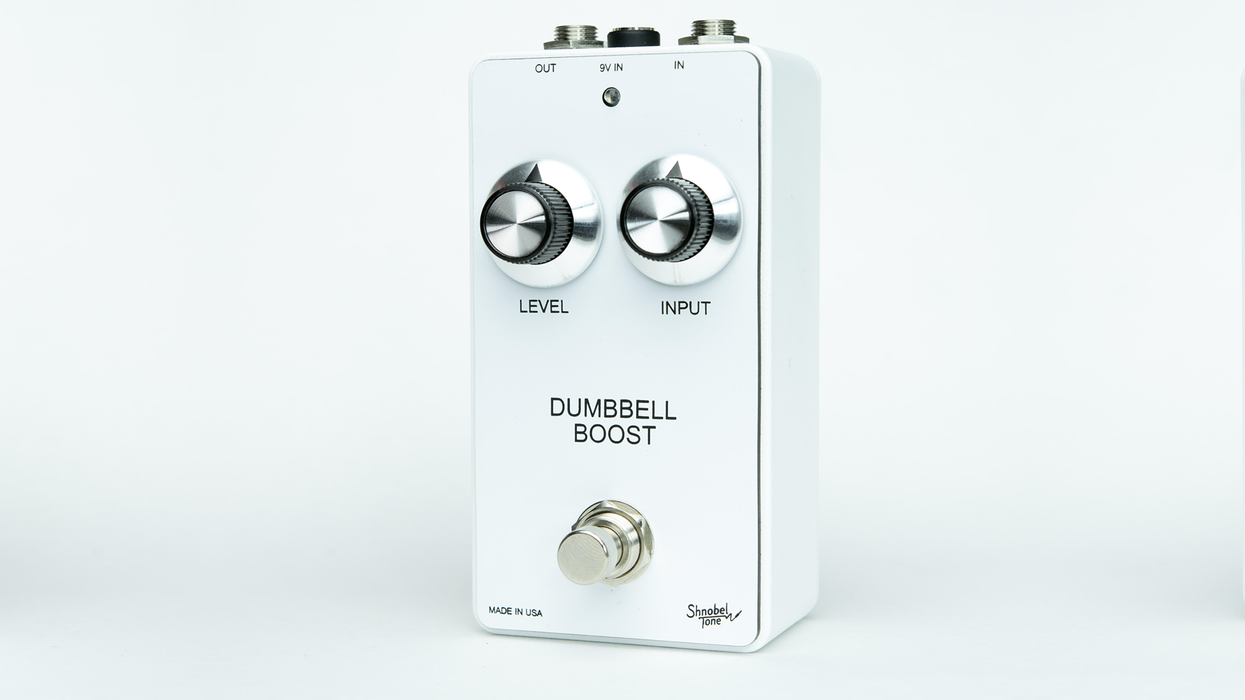


![Rig Rundown: Russian Circles’ Mike Sullivan [2025]](https://www.premierguitar.com/media-library/youtube.jpg?id=62303631&width=1245&height=700&quality=70&coordinates=0%2C0%2C0%2C0)




